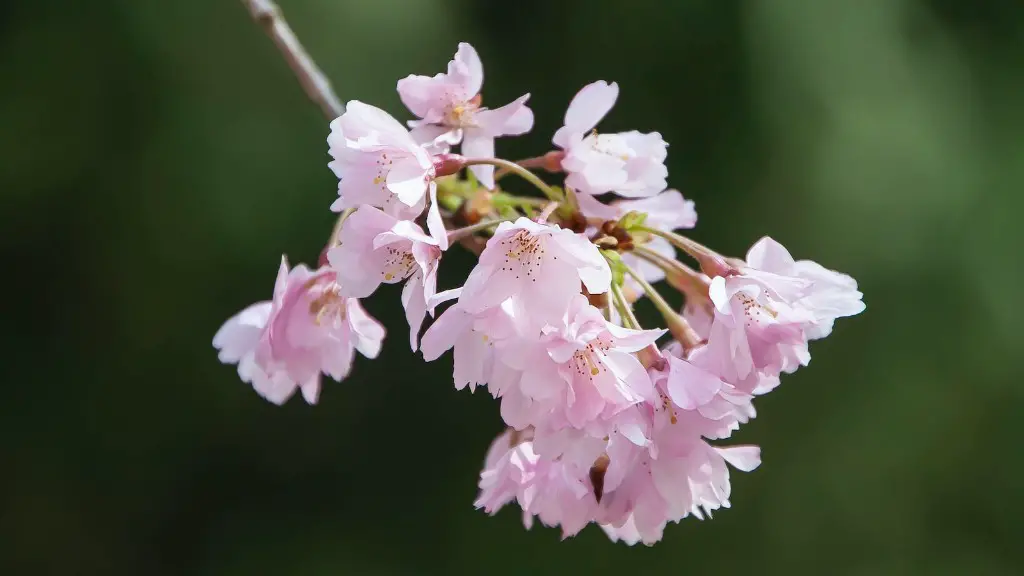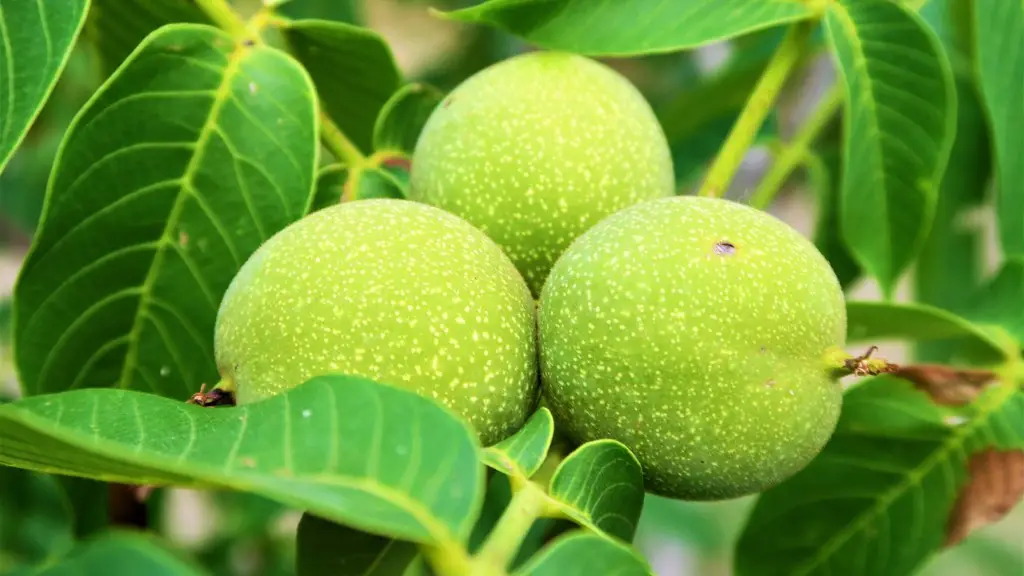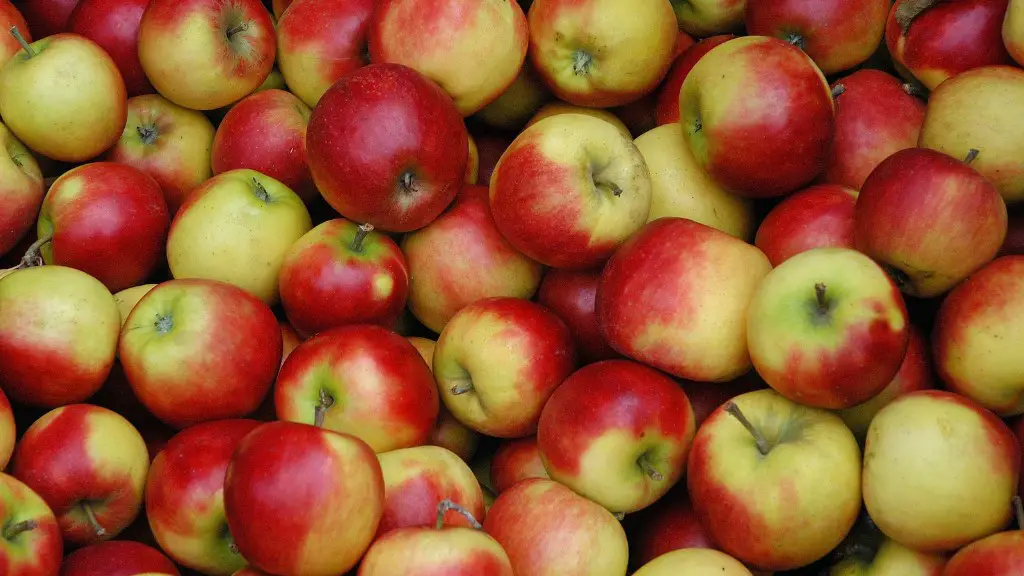Palm Trees and High Winds
Palm trees are a great addition to both home and commercial landscapes. Not only are palm trees distinctive and beautiful, but they also represent a sense of paradise, making them very popular. Given that some species of palm trees are found in locations such as deserts, where rain is scarce and wind is plentiful, one may wonder: how much wind can a palm tree take?
When considering this question, it is important to keep in mind that different species of palm tree can differ in their strength and resilience. Generally speaking, however, palm trees are known to fare well in more stormy conditions than many other ornamental tree species commonly found in landscaped yards. This is because palm trees have adapted to withstand the harsh environment of high wind, with many species having what is known as “stilt roots” – long and thin roots that are designed to help stabilize the tree in strong wind.
The larger, taller palm trees such as the queen palm, king palm, and japanese toddy palm can withstand winds of about 80 miles per hour thanks to their wider, more robust root system. Smaller and more slender palm, such as the windmill palm, are not as strong, and can typically only withstand winds of up to 40 or 50 miles per hour.
It is important to note, however, that even if a palm tree is capable of withstanding strong wind, it is still possible for it to sustain damage at lower wind speeds if the winds are sudden and sustained. This is why it is recommended that, when planting a palm tree, the soil be packed firmly to help the tree stand firm, even during sudden gusts.
In addition to proper soil packing, it is also important to consider the context of the planting. If, for instance, the palm tree is being planted in a location surrounded by tall structures that could be prone to significant wind turbulence, then it would be wise to select a more robust species with an extensive root system, such as the queen palm or japanese toddy palm.
Water Requirements for Palm Trees
In addition to wind, it is important to also consider the water requirements of the species of palm tree being planted. Different species of palm trees have different water requirements, so it is important to make sure that the right species is chosen for the specific location and climate. Generally, when a Palm Tree is growing in its preferred climate, they are more resistant to strong winds due to the abundance of moisture and nutrients that are provided from the soil to the roots.
Palm trees can also be susceptible to drought if not given the proper resources to survive. It is for this reason that it is important to ensure that the species of palm tree being planted is climate appropriate and that it is regularly watered. If the root system of the palm tree begins to dry out, it can be more susceptible to damage from strong winds due to the lack of internal stabilization.
When it comes to watering a palm tree, this will largely depend on the species of palm tree being planted as well as the climate in which it is growing. Generally speaking, palm trees should be watered deeply, with the water reaching a few inches below the surface of the soil, once a week. This will ensure that the tree receives the water and nutrients it needs to grow – and therefore be better equipped to survive high winds.
Fertilizing Palm Trees
When it comes to fertilizing palm trees, this is an important task that must be done on a regular basis in order to ensure that the tree is getting the nutrients it needs to thrive. It is important to note, however, that the type of fertilizer used for the palm tree will vary depending on the climate and species of the tree. For example, some species are suited to tropical climates and need a higher concentration of nitrogen in their soil, while others will require a balance of macro and micro nutrients.
Fertilizers also vary in their delivery – some are organic and will require frequent reapplication, such as compost or manure, while others are chemical and require only one application per season.
It is recommended that when selecting a fertilizer for a palm tree, one should look into what fertilizer will best suit the climate and species of palm tree being planted, andseek advice from a horticulturist or palm tree expert if necessary. Furthermore, it is important to note that fertilizing the soil around a palm tree can result in stronger, healthier roots, and therefore make the tree more resilient to high wind.
Protecting Palm Trees from High Winds
In addition to selecting the appropriate species and climate for the palm tree, and ensuring that it is properly fertilized and watered, there are also protective measures that can be taken to help protect the tree from high wind. First and foremost, it is important to remember that tall trees are more at risk in high wind, so if the tree is in an exposed area, the height of the tree should be kept to a minimum. Furthermore, it is advised to leave a 3ft buffer around the base of the tree to provide sufficient space for the tree to sway.
When planting, it is best to place the tree in a spot that is protected from the wind by a structure or other trees, or at least one that is more sheltered than other areas. If a more exposed area is chosen, a windbreak such as a fence, screen, or wall can be used to provide the tree with some additional protection.
Finally, it is important to pay attention to the weather forecast. If the likelihood of strong wind is high, it is best to avoid activities such as pruning as this can weaken the strength of the tree, making it more vulnerable to gusts and storms. Additionally, stakes and ties can be used to help keep the palm tree stabilized if necessary.
Removing and Replacing a Damaged Palm Tree
If a palm tree has been damaged by strong wind, it is important to examine the tree carefully and remove and replace it if necessary. The damage can vary in severity, ranging from small leaves and broken fronds to more substantial damage involving the trunk or root system. In extreme cases, the tree may need to be removed and replaced.
When removing a damaged palm tree, it is important to do so as safely as possible. A certified arborist should be consulted to determine the best course of action, as they will be able to identify the root cause of the damage and determine the best way to proceed.
Once the damaged tree has been safely removed, the next step is to select a suitable replacement. The replacement species should be one that is suited to the climate of the area and has healthy robust roots. Furthermore, the replanted tree should be monitored for signs of stress or damage, and appropriate steps should be taken to ensure it continues to thrive, such as proper watering and fertilization.
Conclusion
In conclusion, while there is no one-size-fits-all answer to how much wind a palm tree can take, some species are known to fare better than others in high wind environments due to their thick root systems and robust stature. Furthermore, when considering the planting of a palm species, it is important to select a species that is appropriate for the climate, ensure that the soil is packed firmly around it, and to take steps to protect the tree from any excess wind by using a range of protective measures.




